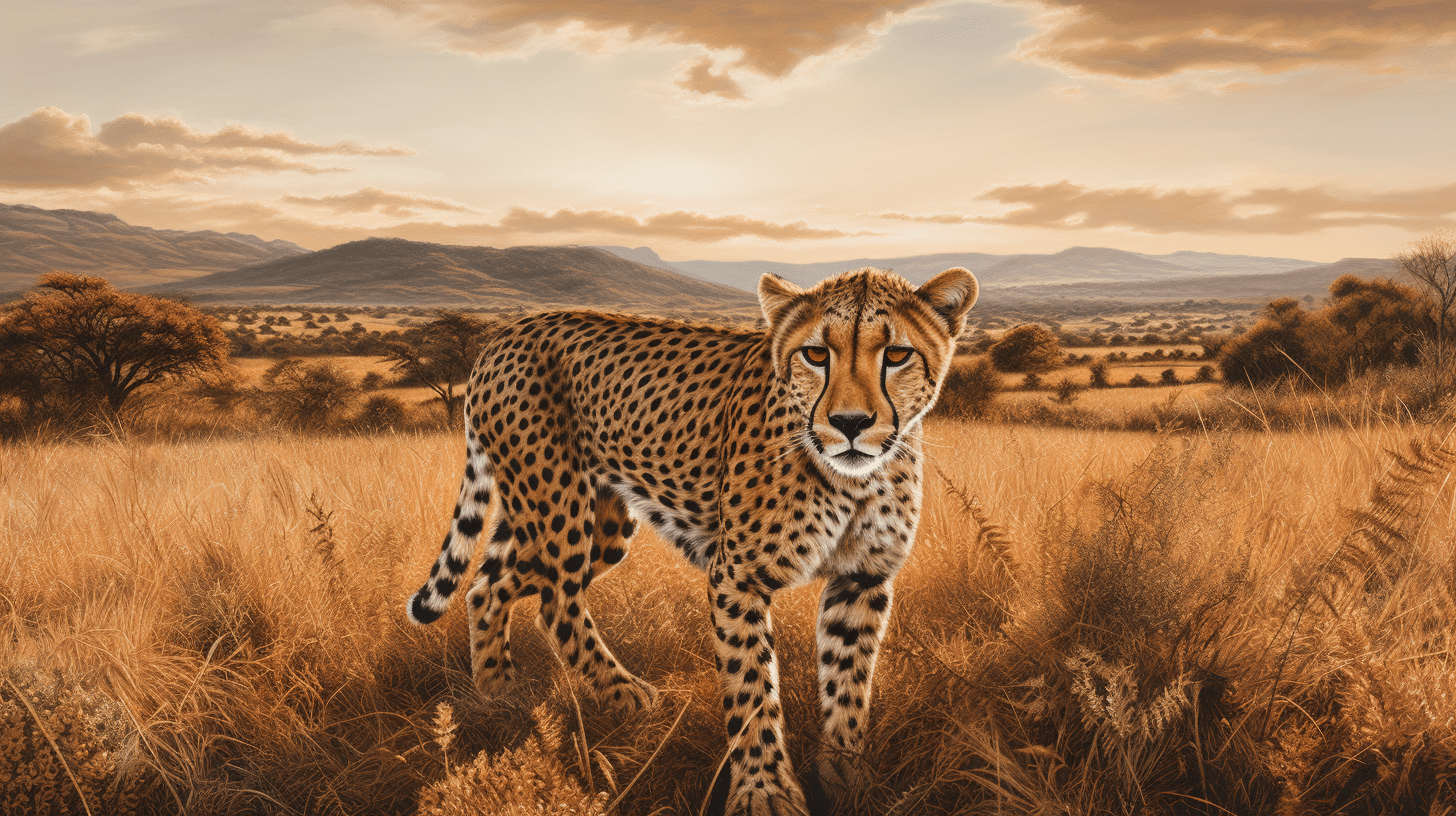Kenya is one of the biggest tourist destinations in East and Central Africa. Tourists are attracted to Kenya’s warm weather, escaping the chilling cold winters in the temperate countries. Wildlife also attracts tourists. Kenya is well known for its big five which include the leopard, rhino, buffalo, lion and the great elephant. It is very disturbing to realize that four of the ‘big five’ are facing the risk of extinction. Too many of them fall prey to poachers who put their selfish interests first at the expense of the whole tourism and hotel industry.
Latest news relays that poaching activities in Kenya are used to fund Al- Shabaab activities. Our wildlife, especially the elephants and the rhinos are disappearing at an alarming rate. It is estimated that Kenya loses two elephants weekly to poachers. Last year, Kenya lost a total of 278 elephants to poachers. This is alarming, bearing in mind that in 2012, Kenya lost 131 jumbos; showing an increase of 147 elephants. Statistics show that if poaching continues at this rate, Kenya will lose its elephants in 12 years. Statistics have also ranked wildlife trafficking the third largest prohibited industry that pays handsomely.
In a bid to establish why this menace does not seem to end, I was shocked at the realization of the amount of money game produce fetches. A kilo of rhino horn fetches $865,000 which is the equivalent of 5.5 million Kenya Shillings. A mature rhino produces 6-7 kilos of the coveted horn. That simply means that elephant and rhino horns sell higher than gold even in the black markets. Poachers kill for bone parts, fur, ivory and other parts. The returns are therefore worth risking for. Animal sanctuaries known for loss of their wildlife to poaching include among others, Meru National Park, Tsavo East National Park and Arawale National Reserve.
How do they catch and kill these animals? The deadliest techniques are used to capture these animals. Two of the worst ways are shooting the animals with silenced rifles. A bullet from an AK47, if well aimed can bring down an elephant instantly without a big struggle. The other technique employed is the use of snares and traps. These traps set by poachers or hunters of game meat have the ability to wound an animal so deeply to its death. The bad thing about these snares is that they also catch and sometimes kill animals that they are not intended for or those that the poacher or hunters do not need.
The government is responding to these fatalities but the problem is that what the government is doing is not good enough to substantially change this critical situation. In the meantime, all that Kenyans and future tourists can do is to hope that a permanent solution will be found to this menace of poaching.



0 comments